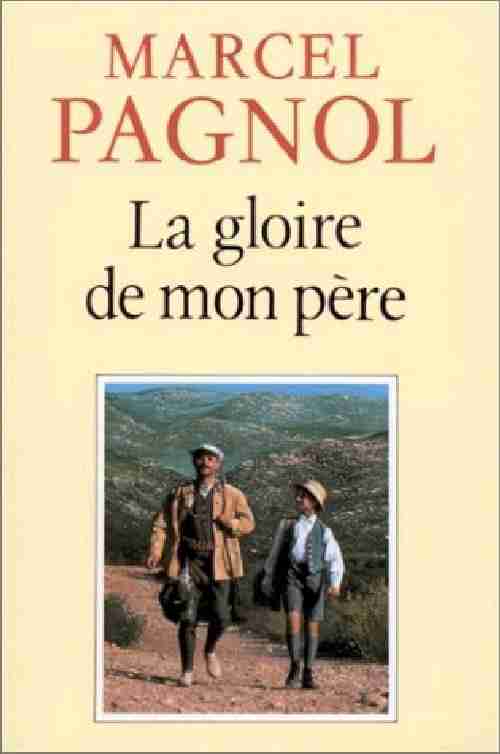
Figure 1.--"La glorie de mon père" is one of Marcel Pagnol's books about his childhood. This one focuses on his father and uncle. Here Marcel and his father are returning from a hunting expedition. |

|
There is a great deal of interesting fashion information in French novels. This inforatin is especially interesting to HBC bcause of the importance of France in the fashion world. There are useful refrence to fashion in novels for the simple reason that fashion is important to people. Novels are all about descriing the human condition. Thus novelists have to address what is important to people. Of course a major part of any novel is developing the character of the key people in the novel. Of course many people express their character in the clothes they choose. In other instances clothes are determined by the circumstances in which they find themselves.
A French reader has passed to us an excerpt from the the Souvenirs de la Marquise de Créquy--fascinating memoirs. Memoirs and family letters are of special interest to HBC because they may include comments helping us to understnd period fashion comventions. These memoirs were offered as an insider's view of court life, especially juicy gossip from the reigns of Louis XIV, XV, XVI, and Napoleon. They are, however, now believed to be forgeries written by Maurice Cousin de Courchamps in the early 19th century. Even so they continue to be of interest because they are so cleverly writen and they provide a lot of information about fashion and clothing conventions that are probably accurate in many details. A French reader writes, "On the Souvenirs, the authenticity is uncertain. I believe they are notcompletely apocryphal. They almost certainly date to the Napoleonic era mainly. But the general information on her time are I believe reliable."
Gustave Flaubert led the realist movement in the 19th century. His most notable work is generally seen as Madame Bovary published in 1856. It caused a sensation when it appeared. It was considered a grossly imporal work. Flaubert was arrested and procecuted, but aquited--an important turning point in French Belles artes. It is today seen as a literary masterpiece. Given the sensation it created, the book rather surprisingly begins in a French school classroom. Here we are introduced to Charles, Emma's future husband.
A great French author is Marcel Pagnol. He was born in Aubagne. His father, Joseph Pagnol, was a teacher. His mother, Augustine Lansot, a seamstress. Joseph took his family to Saint-Loup near Marseilles
when Pagnol was 3 years old. His father obtained an appointment as a regular teacher at the school in the Chemin des Chartreux. This was the largest primary Marseilles. Marcel was a precocious child. He managed to learn how to read when he was very young, but his mother did not allow him to open a book until he was 6 years old "for fear of cerebral explosion"! His mother was convinced that believed could happen. Pagnol wrote his first work, a play, for a local group when he was only 15 years old. He attended the University of
Aix-en-Provence. Marcel Pagnol is today one the best known French writers. All his writing are set in Provence. Often they are set in the countryside where the little village-mentality prevails. He also describes life in the cities such as Marseilles. All his stories are full of sensibility and morality. As he is so popular, there are mant TV and movie adaptations. He is probably best known for his books Jean de Florette and Manon des Sources which were made into successful films. His main career was as a film maker.
There are some interesting passages in Les Allumettes Suedoises by Robert Sabatier on Parisian boys clothing in the 1930's. The book was made into a film and is listed in HBC's film achive.
we do not have excerpts from any other French novels at this time. Hopefully our French readers will provide us some. We are especially interested in acquiruing the original French text.
Navigate the Boys' Historical Clothing Web Site:
[Return to the main French literature page]
[Introduction]
[Activities]
[Biographies]
[Chronology]
[Clothing styles]
[Countries]
[Essays]
[Bibliographies]
[Contributions]
[FAQs]
[Glossary]
[Images]
[Links]
[Registration]
[Tools]
[Boys' Clothing Home]
